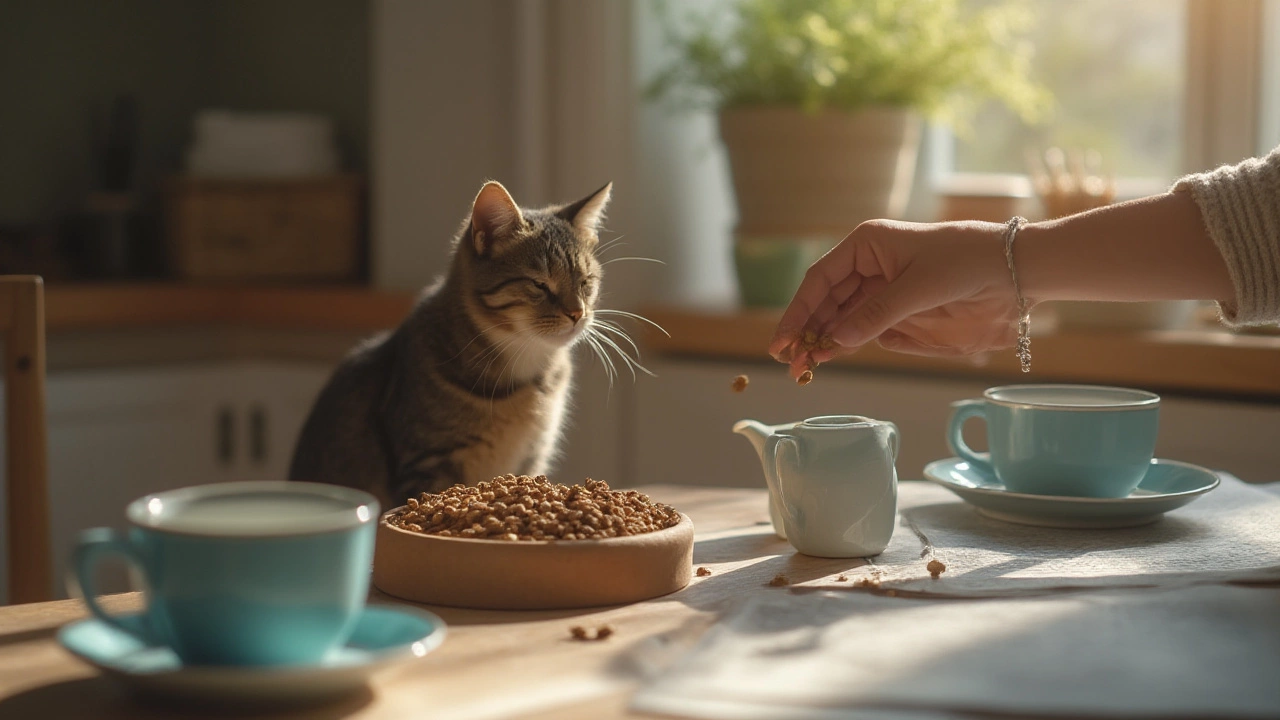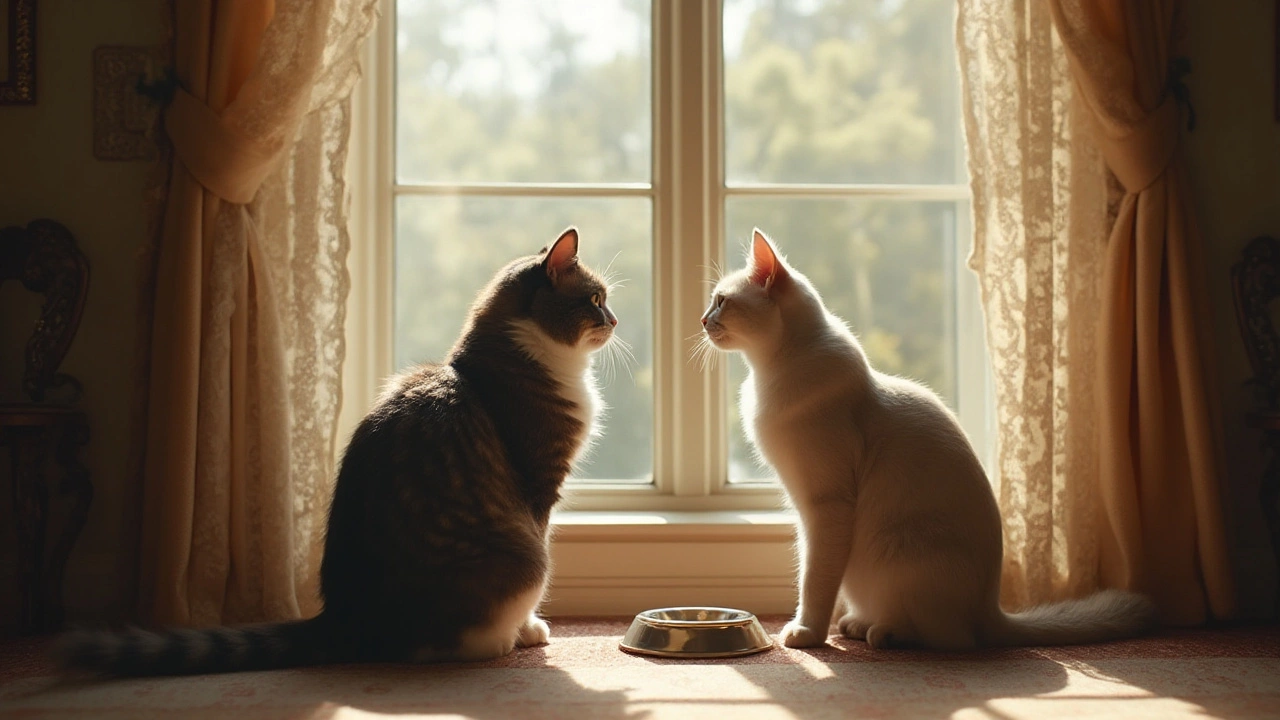Cat Feeding Tips: Simple Ways to Keep Your Kitty Healthy
Feeding a cat might seem simple, but a few smart choices can make a big difference in your pet’s health and mood. Below you’ll find clear, practical advice you can start using today. No jargon, just everyday language that works for busy owners.
How Often Should You Feed Your Cat?
Most adult cats do well on two meals a day – one in the morning and one in the evening. This schedule matches their natural hunting pattern of short, frequent meals. Kittens need more frequent feeding, usually three to four times daily, because they’re growing fast. If you notice your cat begging for food between meals, try a timed feeder or a small snack of wet food to keep them satisfied without overfeeding.
Choosing the Right Food and Portion Sizes
Look for a cat food that lists a high-quality protein source first – chicken, turkey, or fish are common choices. Avoid foods with a lot of fillers like corn or wheat; they add calories without much nutrition. Check the label for a guaranteed analysis of protein and fat. As a rule of thumb, a typical 10‑pound cat needs about 200‑250 calories a day. Use a kitchen scale or the feeding guide on the bag to measure portions, and adjust based on your cat’s activity level and weight.
Wet food can be a great addition because it adds moisture, which helps with urinary health. Aim for at least one 3‑ounce can per day, or split it into two smaller meals. If you prefer dry kibble, make sure fresh water is always available. Some owners rotate wet and dry foods to keep things interesting and cover nutritional gaps.
Don’t forget to watch for hidden calories. Treats, table scraps, and flavored water can quickly add up. Keep treats to no more than 10% of daily calories – that’s roughly one small bite per day for an average cat. Choose treats that are low in carbs and high in protein, or use small pieces of cooked chicken breast as a healthy alternative.
Finally, monitor your cat’s weight and body condition. A quick visual check – you should be able to feel the ribs without pressing hard, and see a slight waist behind the ribs – can tell you if you’re on track. If your cat is gaining weight, cut back on portions by 10% and increase playtime. If they’re losing weight, add a bit more food or switch to a higher‑calorie formula.
Feeding your cat well doesn’t require fancy gadgets or expensive brands. Stick to regular meals, choose protein‑rich foods, control portions, and keep an eye on weight. With these simple steps, you’ll help your feline stay healthy, active, and happy for years to come.
- Morgan Ainsworth
- 0 Comments
Do Cats Stop Eating When Full? Understanding Cat Feeding Behavior
Get the facts on cat eating habits. Learn if your cat will stop eating when full, the risks of overfeeding, and how to feed your feline for best health.
View More- Morgan Ainsworth
- 0 Comments
Signs Your Cat is Hungry and Tips for Choosing the Right Cat Food
Recognizing hunger in cats can sometimes be challenging due to their unique communication style. This article delves into common behavioral cues that indicate a cat is hungry and provides tips on selecting the best cat food. Learn how to differentiate between hunger and other behaviors. Explore the importance of nutrition for cats. Understanding these aspects can lead to healthier and happier cats.
View More

